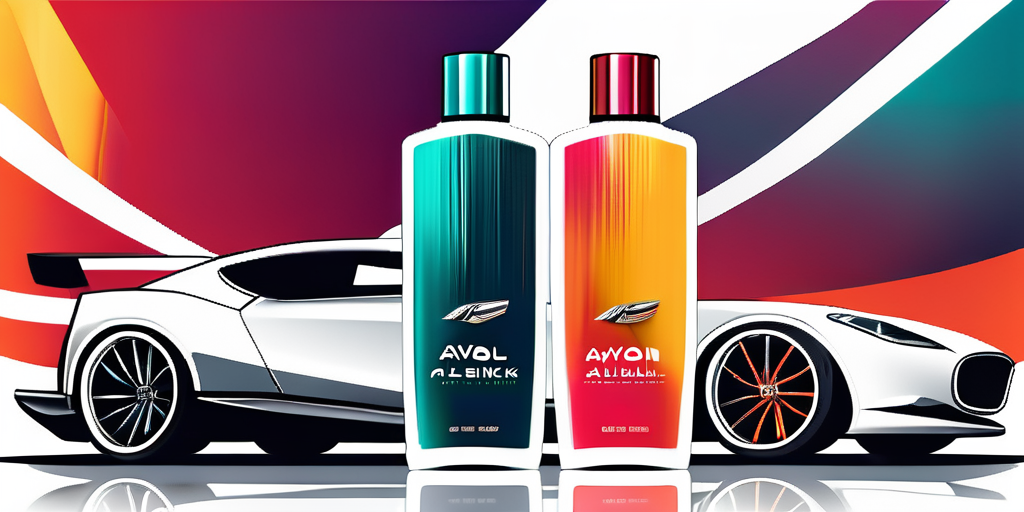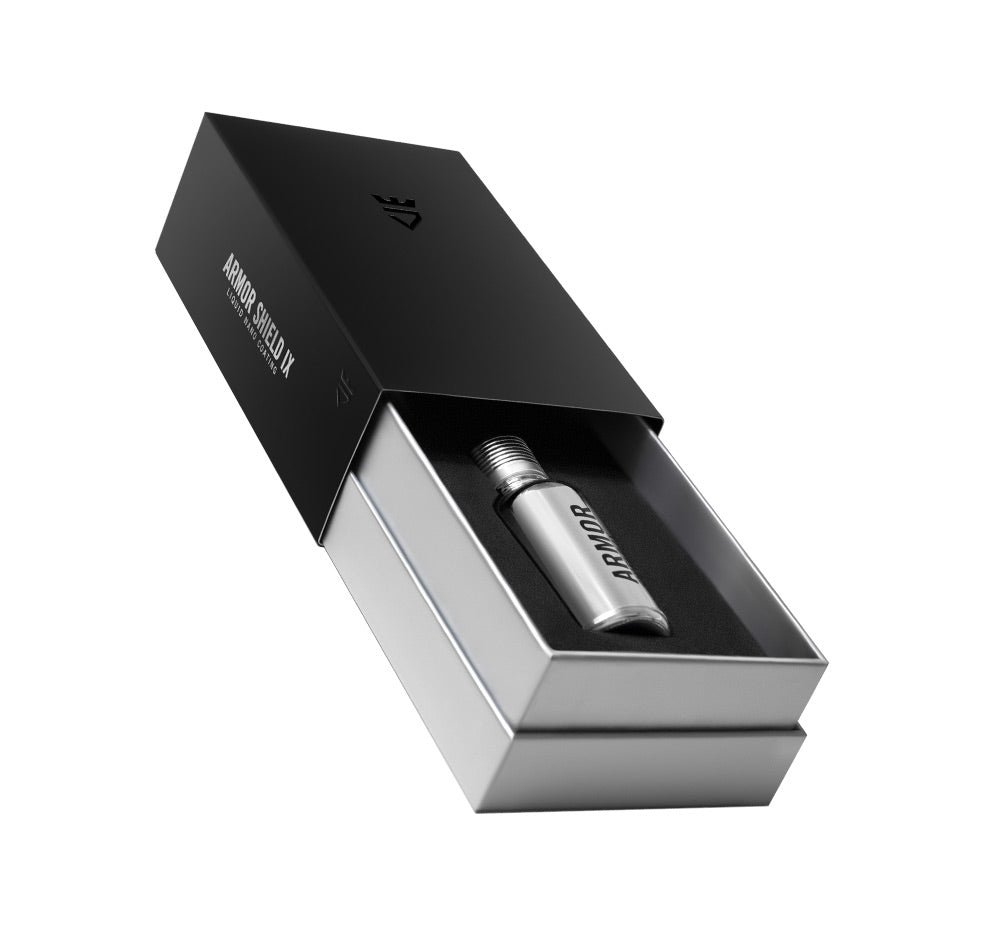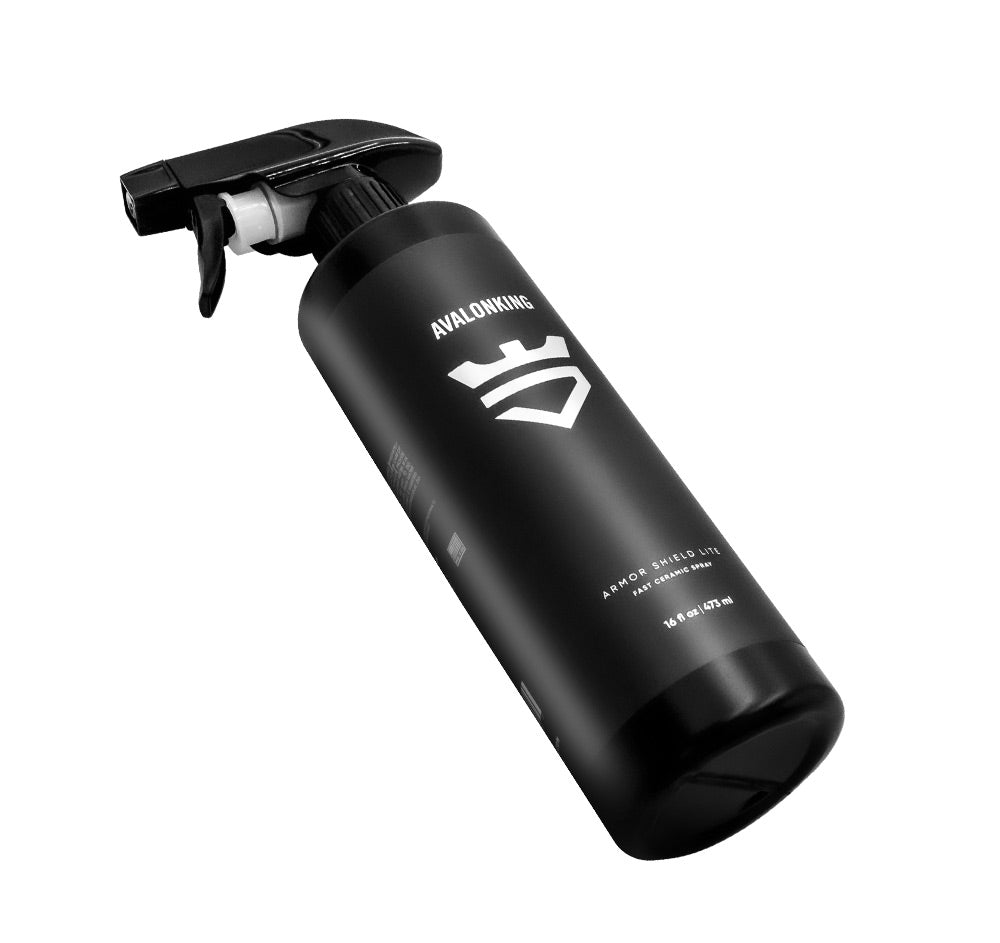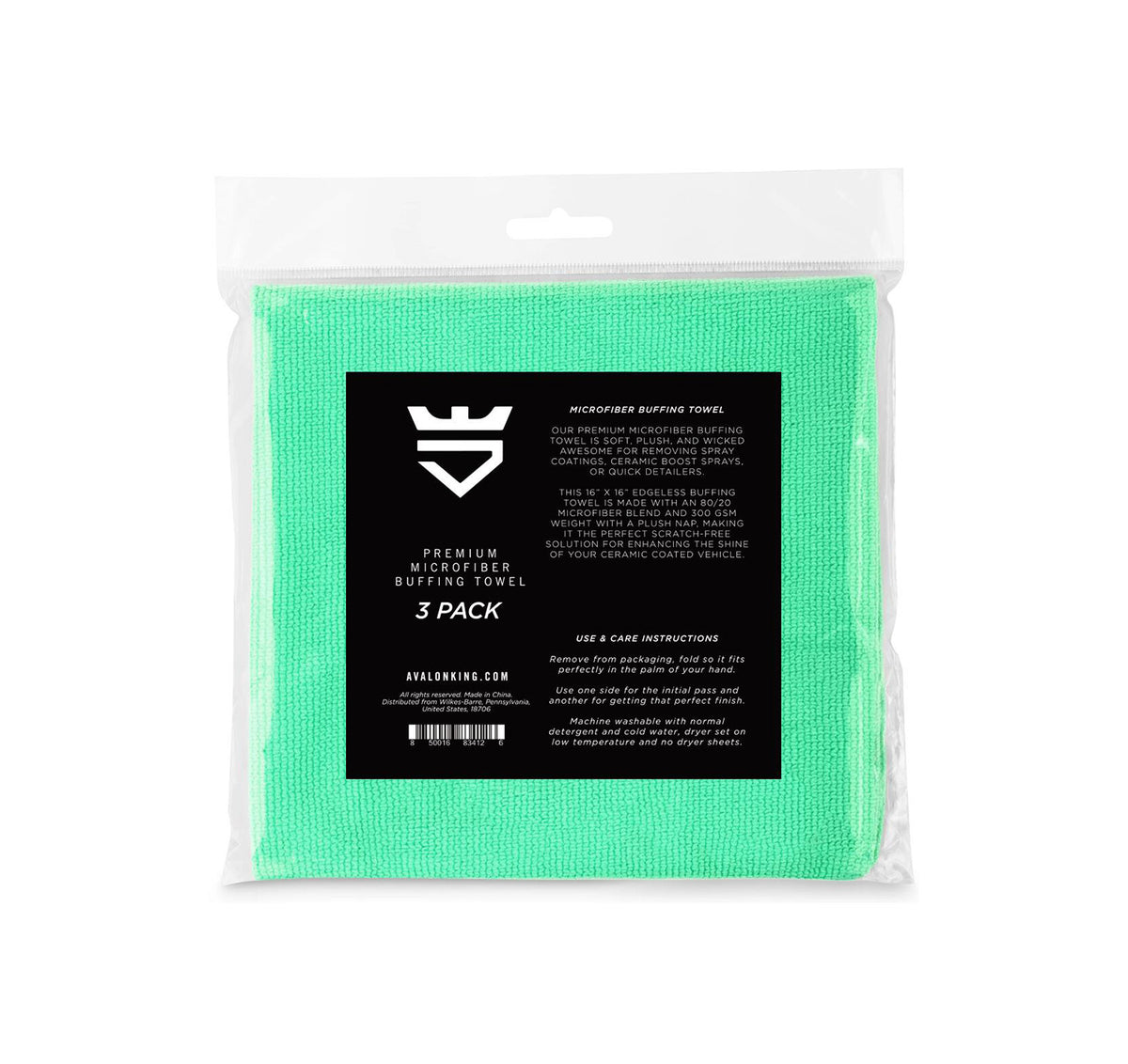What is Metal Polish? Explained by AvalonKing
Metal polish is a crucial component in the world of car detailing, often overlooked by the uninitiated. This product is designed to restore the shine and luster to metal surfaces, making them look as good as new. It's a secret weapon in the arsenal of professional car detailers and enthusiasts alike, and understanding its purpose and use is key to achieving the perfect finish on your vehicle.
But what exactly is metal polish? How does it work? And why is it so important in car detailing? In this glossary entry, we will delve deep into the world of metal polish, breaking down its components, uses, and benefits, as well as providing tips on how to use it effectively. So buckle up and prepare to become a metal polish expert!
The Science Behind Metal Polish
At its core, metal polish is a type of abrasive compound. It works by removing a thin layer of the metal surface, eliminating scratches, stains, and oxidation in the process. This results in a smooth, shiny surface that reflects light evenly, giving the metal a polished look.
The abrasive particles in metal polish are typically made from a variety of materials, including aluminum oxide, cerium oxide, and diamond dust. These particles are suspended in a liquid or paste, which helps to lubricate the surface and prevent scratching during the polishing process.
The Role of Abrasives
Abrasives play a crucial role in the effectiveness of metal polish. The size, hardness, and shape of the abrasive particles can greatly affect the final result. Larger, harder particles are more aggressive and can remove more material, but they can also leave deeper scratches on the surface. On the other hand, smaller, softer particles are less aggressive and can produce a smoother, shinier finish, but they may require more time and effort to achieve the desired result.
It's also worth noting that the concentration of abrasive particles in the polish can affect its performance. A higher concentration can lead to faster material removal, but it can also increase the risk of scratching the surface. Therefore, it's important to choose a metal polish with the right balance of abrasives for your specific needs.
The Role of Lubricants
Lubricants in metal polish serve a dual purpose. First, they help to reduce friction between the abrasive particles and the metal surface, preventing heat buildup and potential damage. Second, they help to carry away the removed material, keeping the surface clean and preventing clogging of the abrasive particles.
The type of lubricant used can vary depending on the formulation of the metal polish. Some products use water-based lubricants, while others use oil-based or synthetic lubricants. Each type has its own pros and cons, and the choice depends on the specific requirements of the polishing task.
Types of Metal Polish
There are several types of metal polish available on the market, each designed for a specific type of metal or application. The most common types include aluminum polish, chrome polish, stainless steel polish, and brass polish. Each of these products has a unique formulation that is optimized for the specific properties of the metal it is intended for.
For example, aluminum polish typically contains a mild abrasive and a strong oxidizing agent to remove the stubborn oxidation that often forms on aluminum surfaces. Chrome polish, on the other hand, usually contains a very fine abrasive to produce a high-gloss finish without scratching the delicate chrome plating.
Aluminum Polish
Aluminum polish is designed to restore the shine and luster to aluminum surfaces. It's commonly used on car wheels, engine parts, and trim pieces. The key to effective aluminum polishing is to use a product that is specifically formulated for aluminum, as this metal is relatively soft and can be easily scratched by harsh abrasives.
When using aluminum polish, it's important to work in small sections and to apply the product evenly to avoid streaking. After applying the polish, it should be buffed off with a soft cloth to reveal the shiny, restored surface.
Chrome Polish
Chrome polish is used to clean and shine chrome-plated surfaces. Chrome is a popular choice for car trim, wheels, and accessories due to its high-gloss finish and corrosion resistance. However, chrome can easily become tarnished and dull if not properly maintained.
Chrome polish contains mild abrasives that gently remove oxidation and dirt without scratching the chrome plating. After applying the polish, it should be buffed off with a soft cloth to reveal a shiny, like-new finish.
How to Use Metal Polish
Using metal polish properly is key to achieving the best results. The process involves several steps, including cleaning the surface, applying the polish, and buffing the surface to a high shine. It's also important to protect the polished surface to maintain its shine and prevent future oxidation.
Before applying metal polish, the surface should be thoroughly cleaned to remove any dirt, grease, or loose oxidation. This can be done using a mild detergent and a soft cloth. After cleaning, the surface should be dried completely to prevent water spots and streaking.
Application of Metal Polish
The application of metal polish can be done by hand or with a machine. When applying by hand, a small amount of polish should be applied to a soft cloth and rubbed onto the surface in a circular motion. The polish should be allowed to dry to a haze before being buffed off with a clean cloth.
When using a machine, a polishing pad should be used to apply the polish. The machine should be set to a low speed to prevent heat buildup and potential damage to the surface. After applying the polish, the surface should be buffed with a clean, dry pad to remove any excess product and reveal the shiny, polished surface.
Protection of Polished Surface
After polishing, the surface should be protected to maintain its shine and prevent future oxidation. This can be done using a metal sealant or wax. These products create a barrier on the surface that protects against oxidation, corrosion, and other environmental damage.
When applying a sealant or wax, a small amount should be applied to a soft cloth and rubbed onto the surface in a circular motion. The product should be allowed to dry to a haze before being buffed off with a clean cloth. This process should be repeated every few months to maintain the protective barrier and keep the metal looking its best.
Benefits of Using Metal Polish
Using metal polish has several benefits. First and foremost, it restores the shine and luster to metal surfaces, making them look as good as new. This can greatly enhance the appearance of your car and increase its value. Additionally, polishing can remove minor scratches and stains, improving the overall condition of the metal.
Another benefit of using metal polish is that it can protect the metal from future damage. By removing oxidation and applying a protective barrier, you can prevent corrosion and prolong the life of the metal. This can save you time and money in the long run, as it reduces the need for costly repairs or replacements.
Enhanced Appearance
One of the main reasons people use metal polish is to enhance the appearance of their cars. A well-polished car can turn heads and make a great impression. Whether you're preparing your car for a show or just want it to look its best, using metal polish can make a big difference.
Polishing can restore the shine to dull, tarnished metal, making it look as good as new. It can also remove minor scratches and stains, improving the overall condition of the metal. The result is a car that looks clean, shiny, and well-maintained.
Protection and Longevity
Another benefit of using metal polish is that it can protect the metal from future damage. By removing oxidation and applying a protective barrier, you can prevent corrosion and prolong the life of the metal. This can save you time and money in the long run, as it reduces the need for costly repairs or replacements.
Furthermore, a well-polished car is easier to clean and maintain. Dirt and grime are less likely to stick to a smooth, polished surface, making it easier to keep your car looking its best. Plus, regular polishing can help to prevent the buildup of oxidation, keeping the metal in good condition and prolonging its life.
Conclusion
In conclusion, metal polish is a key player in the world of car detailing. It's a versatile product that can restore the shine and luster to metal surfaces, protect them from future damage, and enhance the overall appearance of your car. Whether you're a professional detailer or a car enthusiast, understanding how to use metal polish effectively can help you achieve the best results.

Remember, the key to effective polishing is to choose the right product for your specific needs, apply it properly, and protect the polished surface to maintain its shine. With the right knowledge and tools, you can transform your car and make it shine like new. Happy polishing!
Ready to elevate your car's appearance with top-notch metal polish and other premium detailing products? Look no further than AvalonKing, where quality meets convenience. With years of expertise in providing the very best in car care, our online store is your one-stop destination for everything from ceramic coatings to car shampoos. Check out our products today and give your vehicle the royal treatment it deserves!










